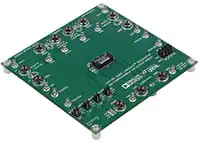
ADI's LTM4670 is a quad-channel DC/DC step-down μModule® (micromodule) regulator with 10 A per output. These outputs can be paralleled in an array to provide up to 40 A of current capacity. The package includes the switch controller, power MOSFET, inductor, and all supporting components. Each output has a voltage range of 0.5 V to VIN, operates over an input voltage range of 2.25 V to 5.5 V, and can be programmed with only one external resistor. Its high-efficiency design delivers 10 A continuous current per channel. Only a small number of input and output capacitors are required.
The LTM4670 uses a Silent Switcher®2 architecture with internal hot loop bypass capacitors for low EMI and high efficiency. The default frequency is internally set to 2 MHz; it can be synchronized externally to a clock from 1 MHz to 2.6 MHz. Fault protection functions include overvoltage, overcurrent, and overtemperature protection. The LTM4670 is lead-free and RoHS compliant.
Demonstration circuit DC2891A features the LTM4670EY, a high efficiency, quad 10 A step-down power μModule regulator. The input voltage range is 2.25 V to 5.5 V. The output voltage range is 0.5 V to VIN. Certain VIN, VOUT, frequency, and temperature conditions require derating. The DC2891A provides an SSTT pin that allows the user to program output tracking, soft-start period and die temperature monitoring.
The MODE/SYNC pin can synchronize the switching frequency with an external clock, as a clock output, or set the PWM mode. The PWM operating mode is a low-noise forced continuous mode or a high-efficiency pulse-skipping mode at light loads. The LTM4670 defaults to forced continuous mode during regulation and synchronization. When both the FREQ and MODE/SYNC pins are tied to VIN, the LTM4670 operates in pulse skipping mode.
The DC2891A has optional jumper resistors for paralleling multiple LTM4670 channels. For parallel channels, you can set one channel as master and the rest as slaves. The phase shift of the slave channel relative to the master channel can be programmed by a resistor divider on the FREQ pin. For the DC2891A, the four channels of the LTM4670 work separately and are all set to master. The LTC6902 multiphase oscillator is used to set a 90-degree phase shift between adjacent phases and reduce the amount of ripple current in the input and output capacitors.
The Products You May Be Interested In
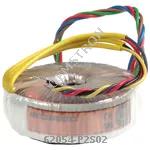 |
62054-P2S02 | XFRMR TOROIDAL 15VA CHAS MOUNT | 107 More on Order |
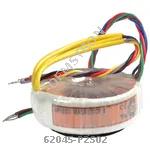 |
62045-P2S02 | XFRMR TOROIDAL 10VA CHAS MOUNT | 135 More on Order |
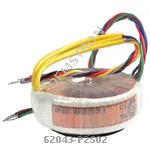 |
62043-P2S02 | XFRMR TOROIDAL 10VA CHAS MOUNT | 304 More on Order |
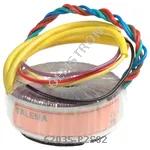 |
62035-P2S02 | XFRMR TOROIDAL 7VA CHAS MOUNT | 369 More on Order |
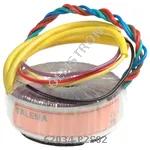 |
62034-P2S02 | XFRMR TOROIDAL 7VA CHAS MOUNT | 441 More on Order |
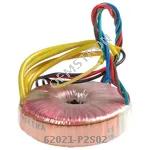 |
62021-P2S02 | XFRMR TOROIDAL 5VA CHAS MOUNT | 281 More on Order |
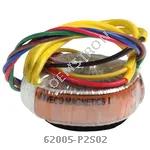 |
62005-P2S02 | XFRMR TOROIDAL 1.6VA CHAS MOUNT | 426 More on Order |
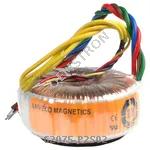 |
62075-P2S02 | XFRMR TOROIDAL 35VA CHAS MOUNT | 406 More on Order |
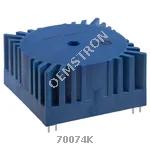 |
70074K | XFRMR TOROIDAL 35VA THRU HOLE | 380 More on Order |
 |
70072K | XFRMR TOROIDAL 35VA THRU HOLE | 313 More on Order |
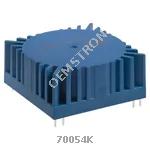 |
70054K | XFRMR TOROIDAL 15VA THRU HOLE | 262 More on Order |
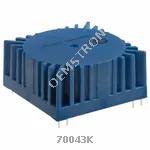 |
70043K | XFRMR TOROIDAL 10VA THRU HOLE | 309 More on Order |
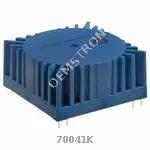 |
70041K | XFRMR TOROIDAL 10VA THRU HOLE | 157 More on Order |
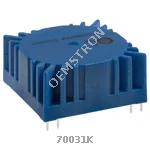 |
70031K | XFRMR TOROIDAL 7VA THRU HOLE | 481 More on Order |
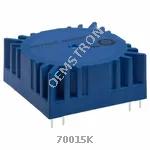 |
70015K | XFRMR TOROIDAL 3.2VA THRU HOLE | 421 More on Order |
 |
70013K | XFRMR TOROIDAL 3.2VA THRU HOLE | 244 More on Order |
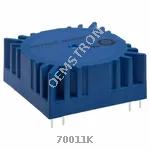 |
70011K | XFRMR TOROIDAL 3.2VA THRU HOLE | 420 More on Order |
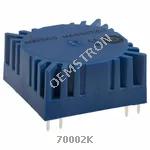 |
70002K | XFRMR TOROIDAL 1.6VA THRU HOLE | 280 More on Order |
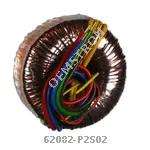 |
62082-P2S02 | XFRMR TOROIDAL 50VA CHAS MOUNT | 277 More on Order |
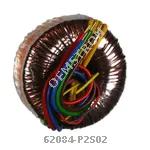 |
62084-P2S02 | XFRMR TOROIDAL 50VA CHAS MOUNT | 607 More on Order |
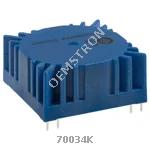 |
70034K | XFRMR TOROIDAL 7VA THRU HOLE | 674 More on Order |
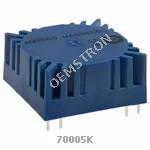 |
70005K | XFRMR TOROIDAL 1.6VA THRU HOLE | 401 More on Order |
 |
AC1200 | CURR SENSE XFMR 200A T/H | 119 More on Order |
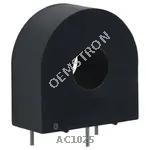 |
AC1025 | TRANSFORMER CURRENT 25.0 AMP | 235 More on Order |

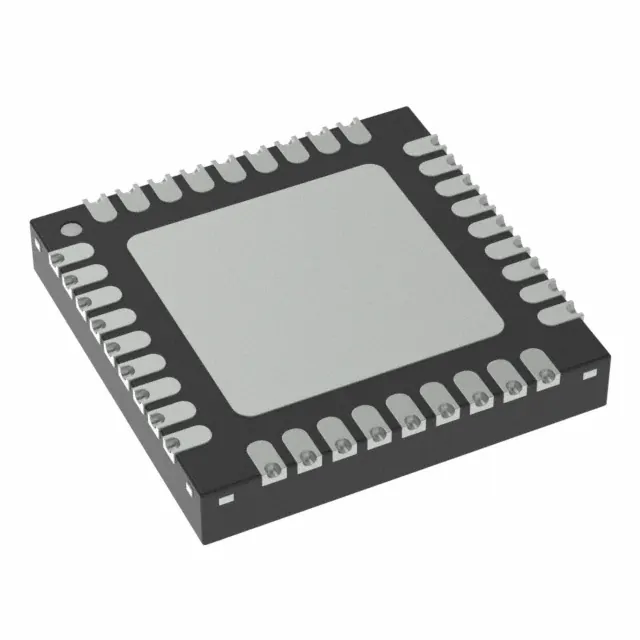 Semiconductors
Semiconductors









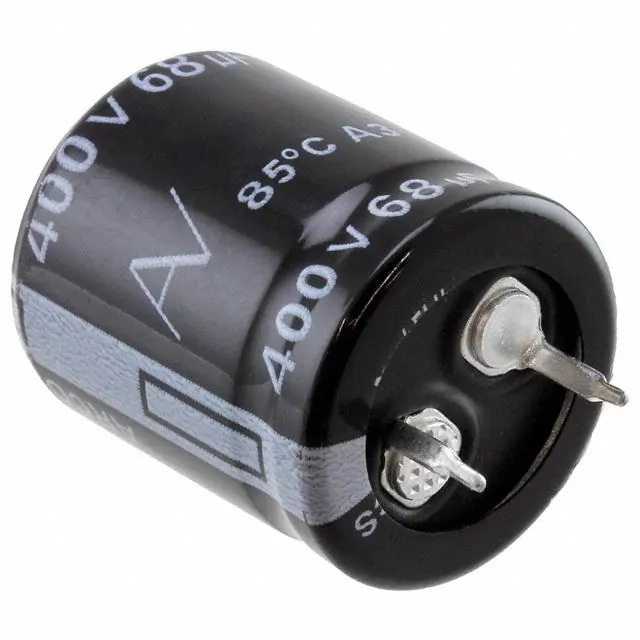 Passive Components
Passive Components









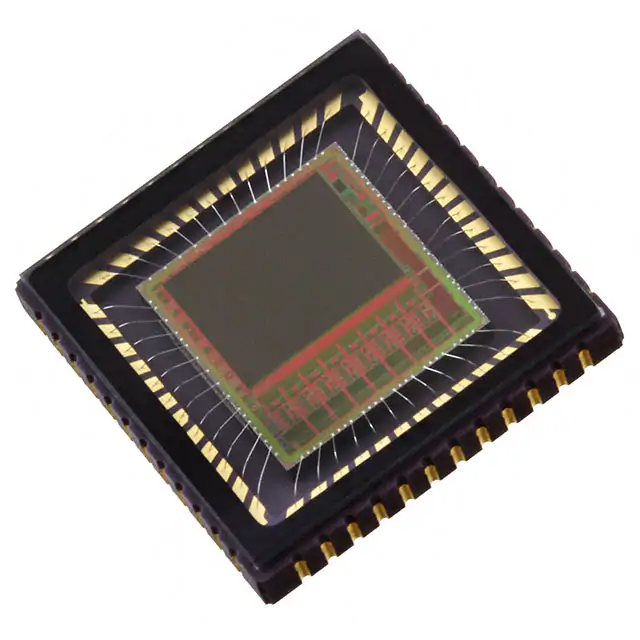 Sensors
Sensors








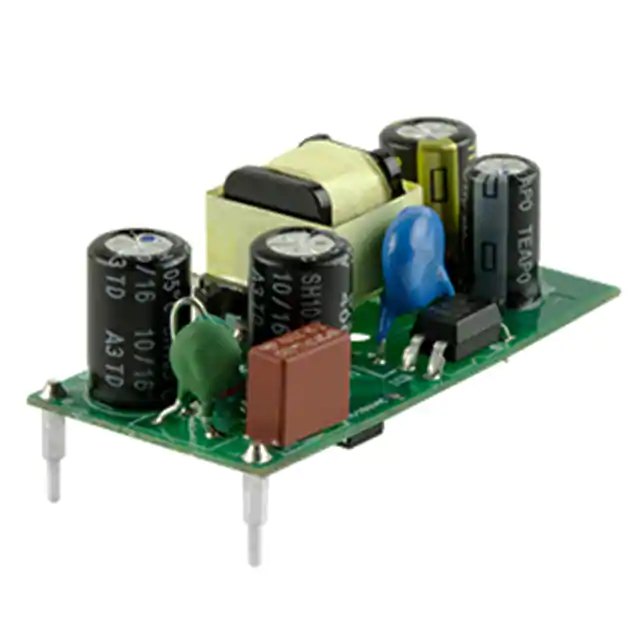 Power
Power









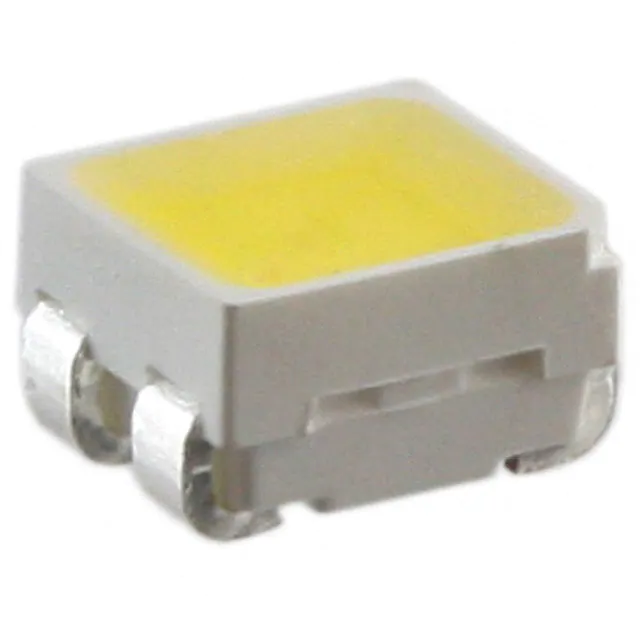 Optoelectronics
Optoelectronics








